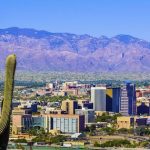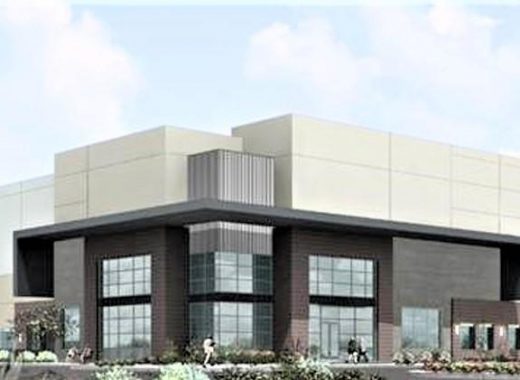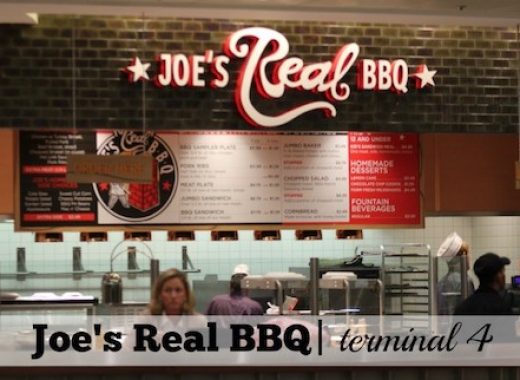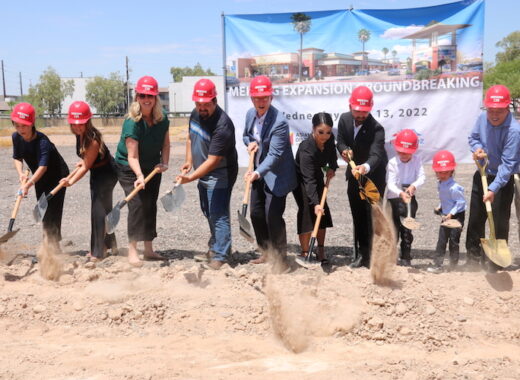A research building is being constructed on the Arizona State University Biodesign Institute complex located in Tempe. The said research building has a cost of $120 million and is being built by McCarthy Buildings Cos.
The building is named Biodesign C. It is also the third building to be constructed in the complex. Biodesign C is a structure that measures 188,000-square-foot. It will be five stories tall. A basement will also be constructed. ASU researchers will be provided flexible lab space in the new building.
According to Michael Crow, the President of ASU, the newly constructed building will surely increase the footprint of Biodesign. It will also enhance their ability to continue research and develop new ways to promote a healthier planet along with ensuring the safety of its inhabitants.
Another impressive feature of the Biodesign C building is that the world’s first X-ray laser will be placed in it. This addition will definitely attract researchers from all over the nation wanting to conduct experiments and advancing their discoveries at Arizona State University. The upcoming establishment will have more than 80 lead researchers, along with 300 support staff from Ira A. Fulton Schools of Engineering, the Biodesign Institute, and the College of Liberal Arts and Sciences.
The Biodesign C building has always been a part of the plan. The first two buildings were constructed back in 2004 and 2006. They had a development cost of $150. Green bonds have been used in order to fund the in-construction third building on the complex.
According to the vice president of finance and deputy treasurer, Joanne Wamsley, green bonds are a new tool in finance that enables investors to directly invest in the projects that are considered to promote environmental sustainability on the campuses of ASU.
The green bonds funding was also used to construct the Student Pavilion on the University’s Tempe campus. The new Pavilion measures 74,650-square-foot. The same type of funding also helped in the construction of the Beus Center for Law and Society at the University’s downtown campus.







